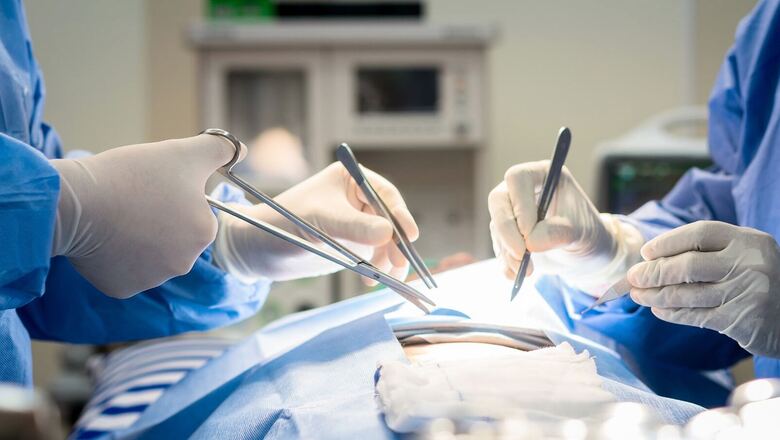
views
One of the complications of diabetes is diabetic retinopathy, which is caused when high blood sugar levels damage the back of the eye i.e retina. If the condition is left untreated and undiagnosed, it can further cause blindness in the patient. However, diabetic retinopathy takes several years to get to the stage where it can threaten the sight of the patient.
After reaching the advanced stage, when it poses risk to your vision, diabetic retinopathy requires specific treatment. One of the best ways to diagnose it is through a comprehensive dilated eye exam, and the crucial part of the treatment involves keeping your diabetes under control. Experts suggest that the treatment of the condition mostly depends on the type, severity, and pace of progression of diabetic retinopathy in the patient. So, let’s take a look at the treatment in two different stages.
Early Diabetic Retinopathy
A person having a mild or moderate condition might not need treatment right away. However, the eye doctor will determine when the patient might need treatment by closely monitoring the eyes. The person should work closely with his/her endocrinologist to determine if there are ways to improve diabetes management, as good blood sugar slows the pace of progression when diabetic retinopathy is mild or moderate.
Advanced Diabetic Retinopathy
The patient will need prompt treatment if the diabetic retinopathy is proliferative. Depending on the specifications of the patient’s retina, the doctors suggest the following treatments.
- Injecting medications in the eyeMedications for Vascular endothelial growth are injected into the vitreous of the eye, with the help of topical anesthesia. They are growth factor inhibitors that can cause mild discomfort like pain, tearing, or burning. These medications help stop the growth of new blood vessels and decrease fluid buildup.
- PhotocoagulationThis is a laser treatment which is also known as focal laser treatment. It can stop or reduce the pace of the leakage of blood and fluid in the eye. During this procedure, laser burns treat the leaks from abnormal blood vessels.
- Panretinal photocoagulationAlso known as scatter laser treatment, this treatment can diminish the abnormal blood vessels. The scattered laser burns treat the areas of the retina away from the macula. The abnormal new blood vessels shrink and scar because of the burns.
- VitrectomyIn this, a tiny incision is used to remove blood from the vitreous as well as scar tissue that’s tugging on the retina. This procedure is done using local or general anesthesia.
Read all the Latest Lifestyle News and Breaking News here















Comments
0 comment